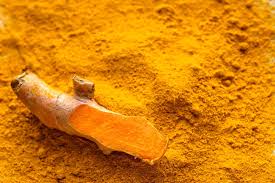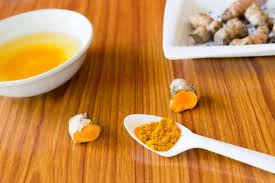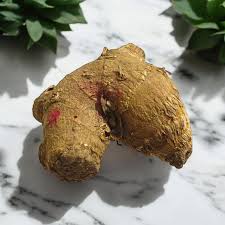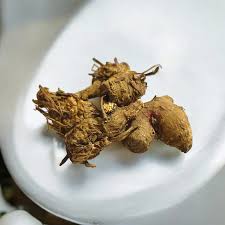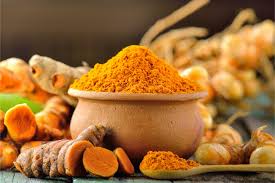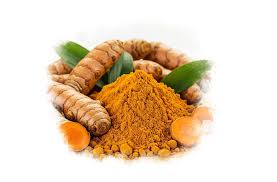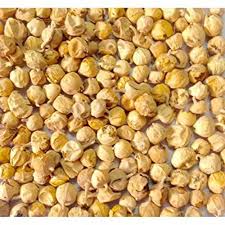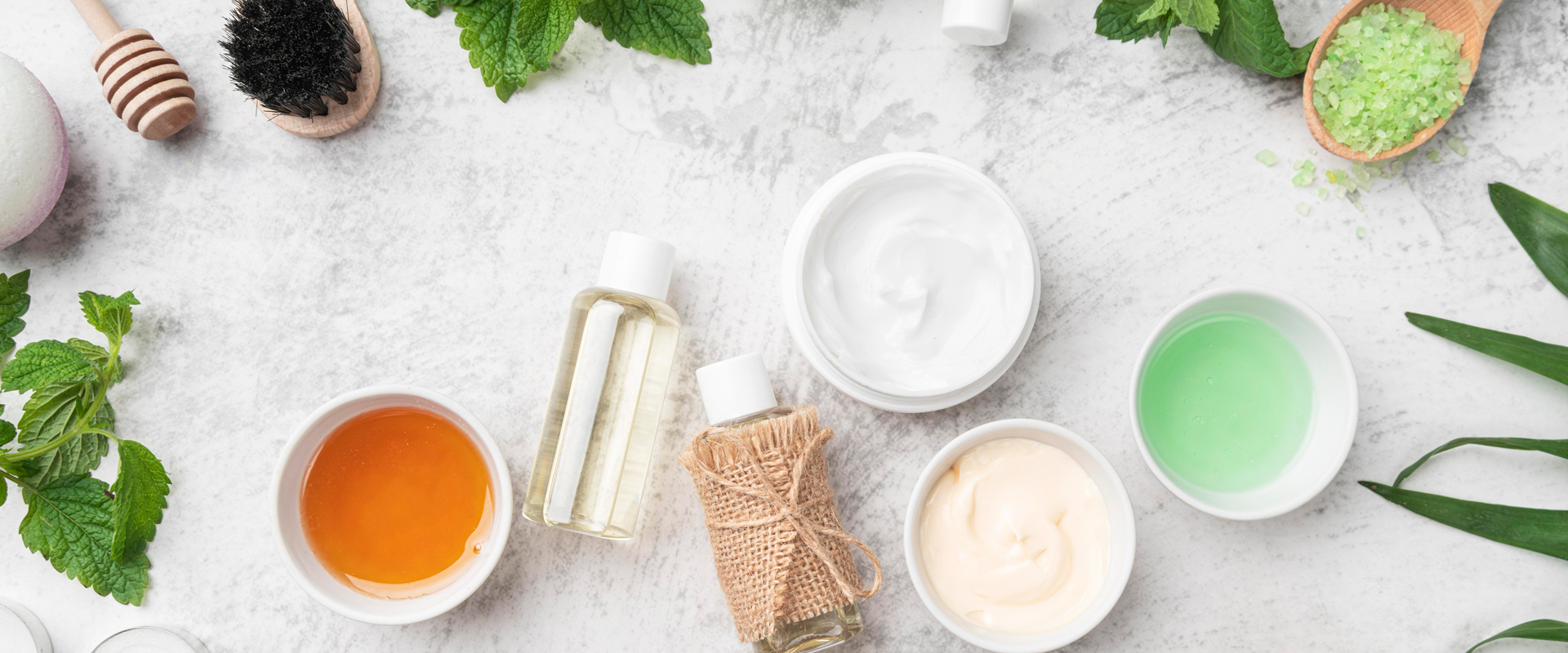
Kaali Haldi vs Regular Turmeric: Which One is Better?
Turmeric has long been celebrated as a golden spice with powerful health benefits. But did you know there’s a lesser-known cousin called Kaali Haldi (Black Turmeric) that is gaining attention for its unique healing properties? Both Kaali Haldi and regular turmeric (Curcuma longa) belong to the same family but differ significantly in color, chemical composition, and therapeutic effects.
At Dirghaanshi, we explore the key differences between Kaali Haldi and regular turmeric to help you understand which one might be better suited for your health needs. Whether you are seeking potent anti-inflammatory effects, stronger immunity, or natural healing, knowing these distinctions can guide you in choosing the right turmeric for your wellness journey.
Long Description
- Origin and Appearance
Regular Turmeric: Known for its bright yellow-orange color, regular turmeric is widely cultivated in India and used globally as a spice and herbal remedy.
Kaali Haldi: Kaali Haldi has a distinct bluish-black or dark purple rhizome with a stronger, more pungent aroma. It is rarer and often found in specific regions in India, particularly in the northeast.
- Chemical Composition
Regular Turmeric contains curcumin, the primary active compound responsible for its anti-inflammatory and antioxidant benefits.
Kaali Haldi has unique curcuminoids and other phytochemicals such as camphor and essential oils that provide enhanced antimicrobial, anti-inflammatory, and analgesic properties.
Studies suggest Kaali Haldi’s bioactive compounds might be more potent in certain healing aspects compared to regular turmeric.
- Health Benefits: Comparing Their Powers
Anti-inflammatory Effects
Both turmeric varieties are excellent natural anti-inflammatories.
Kaali Haldi is traditionally known for stronger effects in reducing inflammation and pain, making it popular for arthritis and joint issues.
Regular turmeric is effective for mild to moderate inflammation and is widely studied for chronic conditions.
Immune System Support
Regular turmeric boosts immunity primarily through curcumin.
Kaali Haldi offers additional antimicrobial properties due to its diverse essential oils, potentially providing broader immune support against bacteria, fungi, and viruses.
Skin and Wound Healing
Both help with skin healing and reducing scars.
Kaali Haldi’s antimicrobial and anti-inflammatory properties may provide quicker relief for infections and skin inflammations.
Antioxidant Capacity
Regular turmeric is rich in antioxidants.
Kaali Haldi’s unique chemical profile can offer stronger antioxidant activity, protecting cells from oxidative stress more effectively.
- Culinary Uses and Flavor
Regular turmeric is widely used as a spice in cooking for its mild, earthy flavor.
Kaali Haldi has a more intense, slightly bitter and camphor-like taste, which is less commonly used in everyday cooking but valued in traditional medicines.
- Availability and Cost
Regular turmeric is easily available in supermarkets worldwide and is generally affordable.
Kaali Haldi is rarer, often considered a specialty herb, and may be more expensive due to limited supply and labor-intensive harvesting.
- Safety and Side Effects
Both turmeric types are generally safe when used appropriately.
Kaali Haldi’s potency means it should be used carefully and preferably under guidance, especially if you have existing medical conditions or take medications.
Regular turmeric is well-studied and widely regarded as safe in culinary and supplemental doses.
- How to Choose Between Kaali Haldi and Regular Turmeric?
For everyday cooking and mild health benefits, regular turmeric is a versatile, reliable choice.
For targeted therapeutic effects, especially related to inflammation, pain, and immune defense, Kaali Haldi may offer superior benefits.
Consider combining both for a holistic approach—using regular turmeric daily and Kaali Haldi for more specific conditions.
- Incorporating Both in Your Wellness Routine
Start with small doses to check tolerance.
Use Kaali Haldi powder or extracts as herbal supplements or topical applications for wounds and skin issues.
Add regular turmeric powder to meals, smoothies, or golden milk for general health support.
Always consult a healthcare professional before starting new herbal remedies.
- Scientific Research and Traditional Wisdom
Both turmeric varieties have roots in Ayurvedic and traditional medicine.
Modern research validates many benefits of regular turmeric, especially curcumin’s role in reducing inflammation and oxidative stress.
Emerging studies on Kaali Haldi show promising results but require more clinical trials for definitive evidence.
Traditional practitioners emphasize Kaali Haldi’s role in detoxification, immune balance, and pain relief.
- Why Dirghaanshi Recommends Awareness and Quality
The market is flooded with low-quality turmeric products.
Choose organic, authentic, and ethically sourced Kaali Haldi and turmeric to ensure maximum benefits.
Avoid synthetic or adulterated powders.
Dirghaanshi prioritizes spreading knowledge about these superfoods to help readers make informed, health-conscious decisions.
Conclusion
Choosing between Kaali Haldi and regular turmeric depends on your specific health goals and preferences. Both offer incredible natural benefits rooted in ancient wisdom and validated by science. Whether you embrace the familiar golden spice or venture into the potent realm of black turmeric, incorporating these herbs mindfully can significantly enhance your natural healing power and overall wellness.
At Dirghaanshi, we believe in harnessing the best of nature’s gifts. Explore the unique properties of Kaali Haldi and regular turmeric to find your perfect match for vibrant health.


